|
Tomfoolery! Randolph Caldecott and the Rambunctious Coming-of-Age of Children's Books , written by Michelle Markel and illustration by Barbara McClintock released on November 14th! We are so excited for the world to read this special book and enjoy our client Barbara's beautiful illustrations! And we're not the only ones impressed by Tomfoolery! Keep reading below to see what others have said. Click on the graphic associated with each to visit the reviewer's website. School Library Journal (starred review!) Gr 1-3–In a history that gallops along like John Gilpin’s horse, Markel traces the career of a lad mad for drawing, who switched careers midstream from banking to art and after some low points (“Sometimes, on his letters, he draws himself as a sad, frumpled cartoon”) went on to replace the “pretty poses and cluttered scenery” of the Victorian era’s picture books with images still notable for their unrestrained energy and humor. McClintock evokes that energy by incorporating samples of Caldecott’s art (and, for contrast, examples from stodgier tomes) into her finely drawn views of livestock scurrying underfoot or streaming from sketchbook pages. She also dresses up a busy multiethnic crowd of city and country folk first in period dress, then in modern attire to link past audiences to present ones. In end notes the author fills in some biographical details, with nods to Caldecott’s publisher and contemporaries Kate Greenaway and Walter Crane. Readers open to more than just a taste of his distinctive works and sketches of his life and times will find Leonard Marcus’s Randolph Caldecott: The Man Who Could Not Stop Drawing well worth the plunge—but this brief tribute gets to the heart of what makes his work so enduringly appealing. VERDICT If Marcus still rules the roost, here’s a high-stepping alternative for younger readers. Reviewed by John Edward Peters , Jul 01, 2023 Publishers Weekly (starred review!)Randolph Caldecott (1846–1886) was one of the first artists to illustrate children’s books with an eye toward merriment rather than morality, so it’s not surprising that this action-oriented biography by Markel (Out of This World) offers “a hero so chipper he can barely hold still on the paper.” Working in watercolor and pen and ink, McClintock (Vroom!) first shows Caldecott as a bearded young man pulling back an outsize book page to reveal a throng of his drawings come to life. As a boy, Caldecott sketches the animals he loves in motion; as a young man, he confounds his father’s efforts to make him a banker, draws during work hours, and works to improve his skill. Soon, he’s an artist with an offer to illustrate books for children, and “he likes what kids like—action!” Here, reproductions of Caldecott’s own real-life images enter the book as he enjoys his first publishing success. The historical moment of this innovation is captured with verve and verb-forward flourishes in this lively portrait of a person whose illustration style still inspires contemporary picture book creators, some of whose portraits are slipped into a final scene. Characters are presented with various skin tones. Ages 5–8. Kirkus Reviews (starred review!)The career of one of our most famous picture-book artists comes rip-roaringly to life! Why on earth should kids care about the life of Randolph Caldecott (1846-1886)? Because he brought fun to the picture-book page! From the start, readers are promised “frisky animals, sprightly characters, and a hero so chipper he can barely hold still on the paper.” This book is nothing like the children’s books of old, which were uninspired, static, and often downright dull. As a child, Caldecott was delighted with animals, sketching them and their movements. He grew up to become a banker and made a living illustrating magazines and newspapers. Given the chance to illustrate a book for children, he filled the pages with what he’d learned. Infused with the sheer energy and joy of the subject matter, McClintock’s art pops and bubbles on the page. She deftly interweaves reproductions of Caldecott’s own illustrations with her own into a seamless whole, one picture often in play with the next. This is no stodgy biography—Markel’s enthusiasm is well matched by McClintock’s own (and adults may enjoy identifying the nine illustrators, eight of them, so far, Caldecott Medal winners, gracing one of the book’s pages). Markel has crafted a fine companion to her previous bio of John Newbery, Balderdash! (2017), illustrated by Nancy Carpenter. A cacophony of verve and frolic, this is biographical storytelling at its absolute best. (annotations, endnotes, bibliographies) (Picture-book biography. 5-8 The Horn Book (starred Review!)British illustrator Randolph Caldecott (1846–1886) transformed illustrated books for children (“stiff, full of pretty poses and cluttered scenery”) into picture books (ones that featured stories that “tumble[d] forth like life”). Markel briefly covers Caldecott’s boyhood, emphasizing his love of drawing and of the outdoors, the latter despite a weak heart. She speaks directly to readers, telling them to move fast (“Quick!”) or they’ll miss the boy McClintock depicts as racing across the page. As an adult, Caldecott works in a bank but keeps drawing and begins illustrating travel books and, eventually, books for children. Markel emphasizes the artist’s ability to capture action on the page and fills this lively text with bustling active verbs (lunging, strutting, pounce), set off in larger letters and a different font color. Likewise, McClintock’s exquisite, energetic illustrations depict Caldecott at the drawing board, creatures bursting forth from his paper. Several instances in the book reproduce the artist’s drawings, and one stunning wordless spread showcases the illustration from The Diverting History of John Gilpin that adorns the Caldecott Medal. (The book’s abundant back matter includes notes on where Caldecott’s art appears in the book.) Children and/or animals appear on nearly every spread of this exuberant tribute to the illustrator who revolutionized children’s books. JULIE DANIELSON Booklist (starred review!)Who was Randolph Caldecott, and why is there an award named for him? Librarians hear that question every year around awards season. From his childhood in the English countryside, where he preferred drawing animals in motion to studying sums, through his young adulthood, when he worked in a bank but developed his skills as an artist, Caldecott’s life and artwork are effectively linked. McClintock incorporates reproductions of Caldecott’s art into her own visual narrative and includes a key in the back matter to help readers identify which elements are his. Markel’s lively, well-documented text functions alongside McClintock’s innovative black-ink-and-watercolor compositions and design work by Jennifer Tolo Pierce to give the impression of a book within a book, where real people interact with Caldecott’s creations and the time line is both past and present. Details about what makes a great picture book are seamlessly integrated, which could be applied to current Caldecott winners as McClintock also includes portraits of several Caldecott-winning artists. This follow-up to the author’s earlier Balderdash! John Newbery and the Boisterous Birth of Children’s Books (2017) is another excellent resource, one that explains not only who Randolph Caldecott was but also why his approach to illustrating books for children has had a lasting impact. — Lucinda Whitehurst Congratulations, everyone!Such well-deserved praise! And we'll leave you with one more for good measure, from The Wall Street Journal:
"An even more rambunctious tale describes how the picture book as we know it today began with a 19th-century Englishman named Randolph Caldecott. “Tomfoolery!”, to be published later this year, is written by Michelle Markel and illustrated by Barbara McClintock, both of whom bring brio and high good humor to Caldecott’s influential personal story. The book begins by presenting children’s illustration as it was in the staid pre-Caldecott era: “stiff, full of pretty poses and cluttered scenery.” The young Randolph when we meet him has no idea that he will become an illustrator; he simply loves to draw. “It is too much fun. It cannot be helped,” we read. “It can happen anytime he has something to draw on—even his schoolbooks.” From an early age, Caldecott infuses his pictures with movement and, as the years pass, begins placing them in newspapers and magazines. This spirited and joyful account is strong on the excitement of Caldecott’s passion and style but vague on his career particulars; 5- to 8-year-olds (or more likely their parents) may want to check the back matter to find out where Caldecott lived, what books he illustrated and who helped him come to the world’s attention. A tableau near the end of “Tomfoolery!” includes contemporary illustrators who are carrying on the zestful tradition that Caldecott began. Dan Santat and Sophie Blackall are in their midst, as well as the late Jerry Pinkney (1939-2021), master of wobbly-lined watercolors for books such as “The Lion & the Mouse” and “The Little Red Hen.” |
What's New?Keep an eye on this page for agency news, author interviews, and more! Archives
July 2024
Categories |
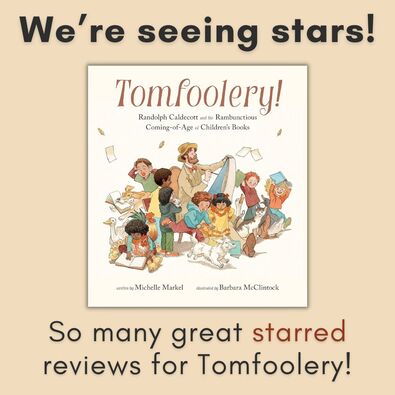
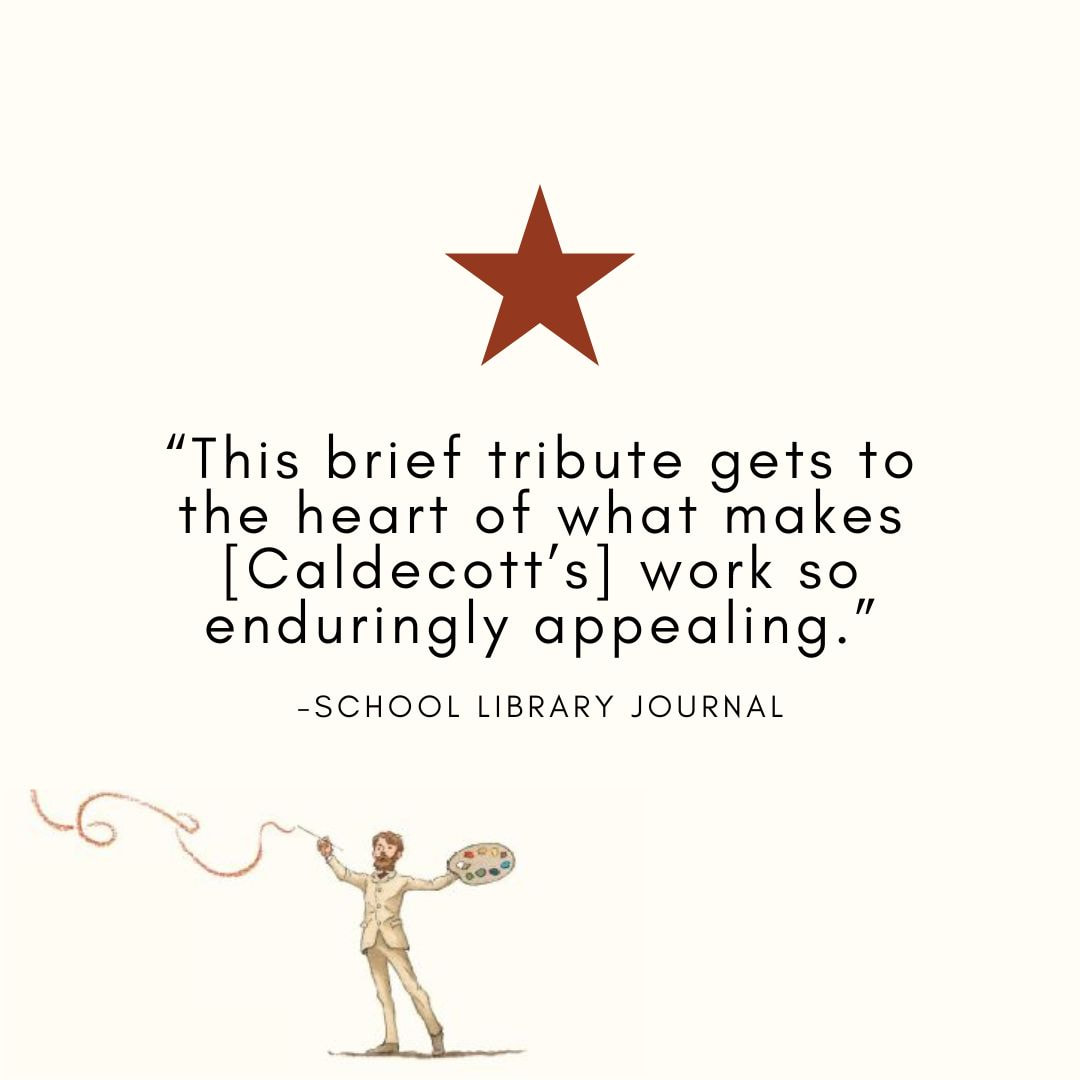
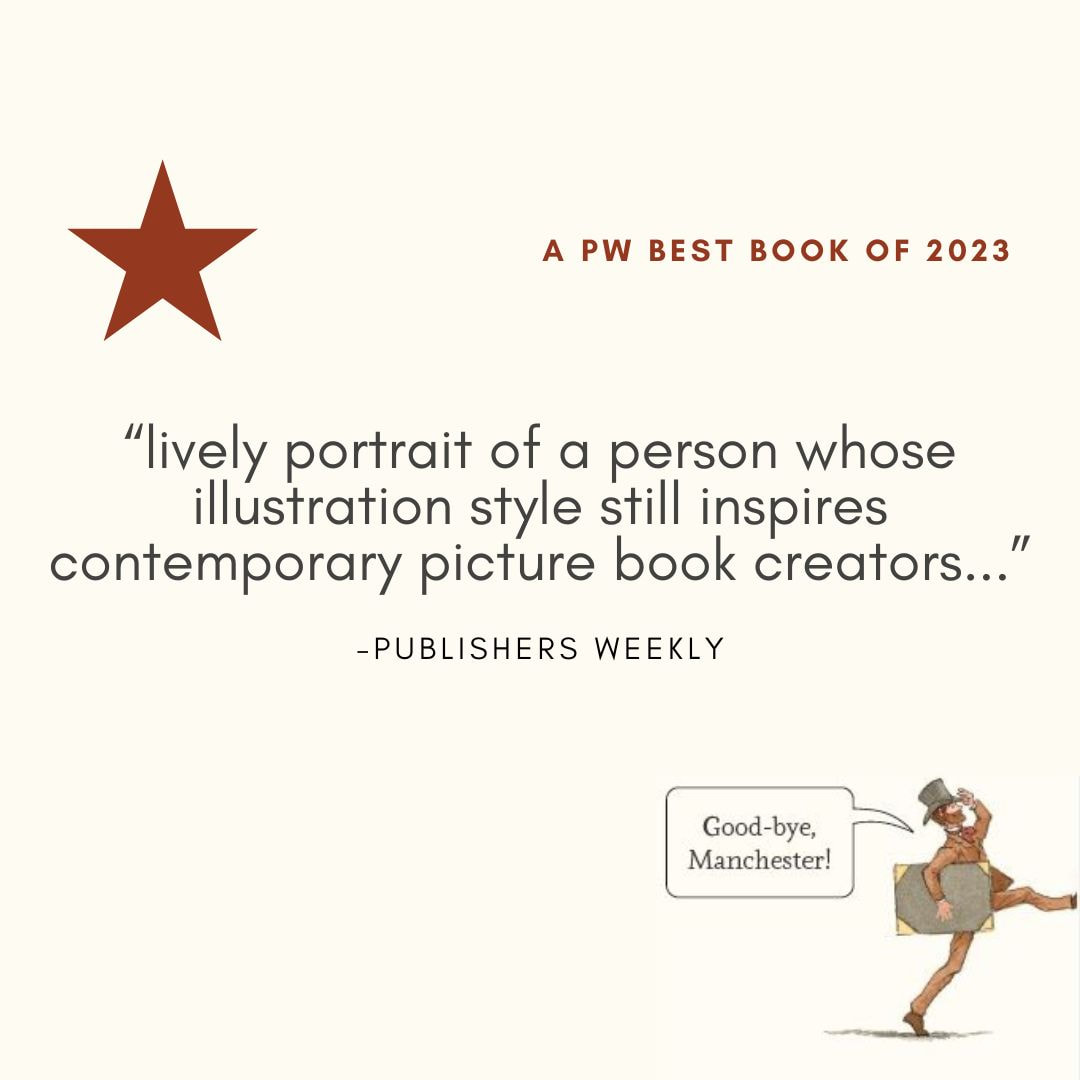
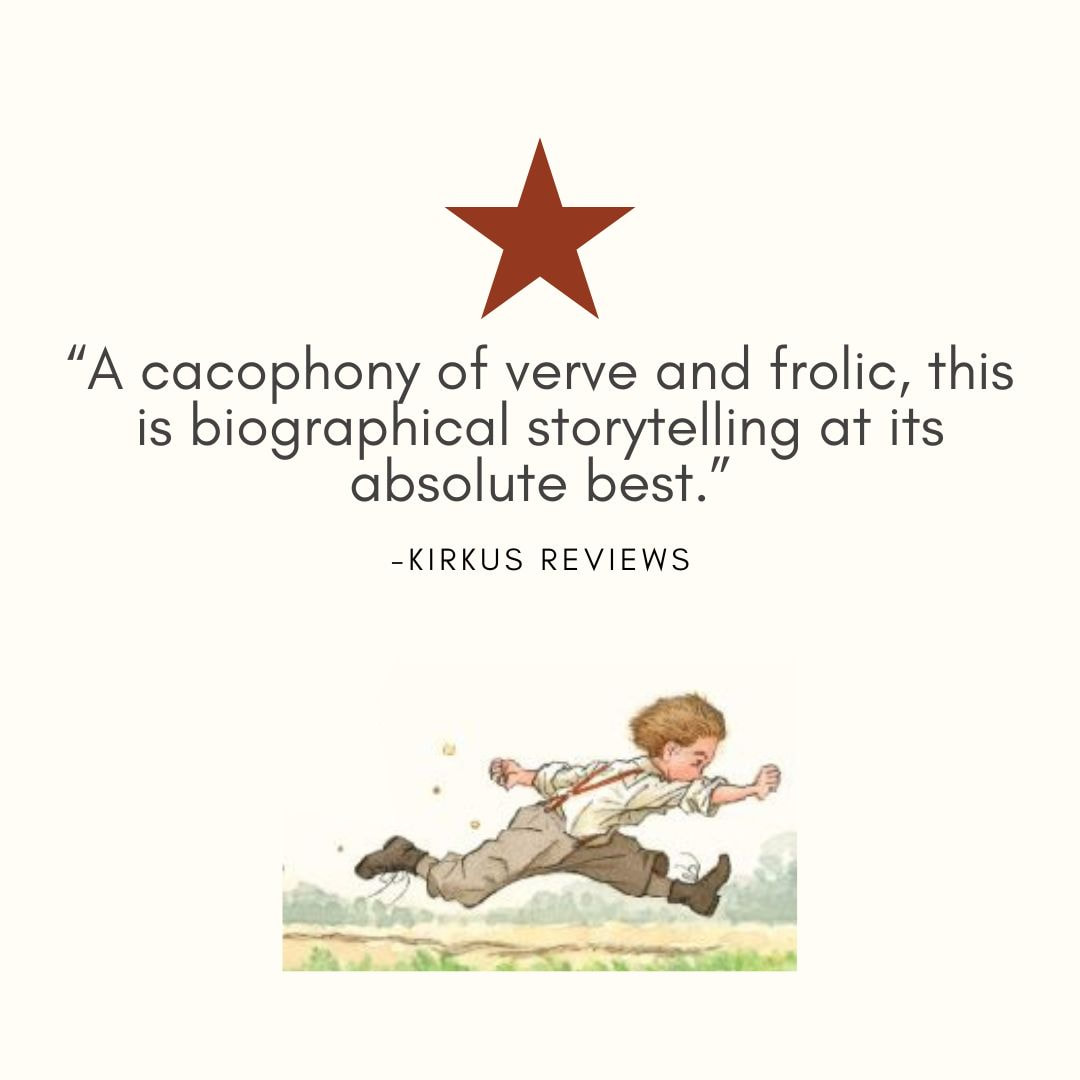
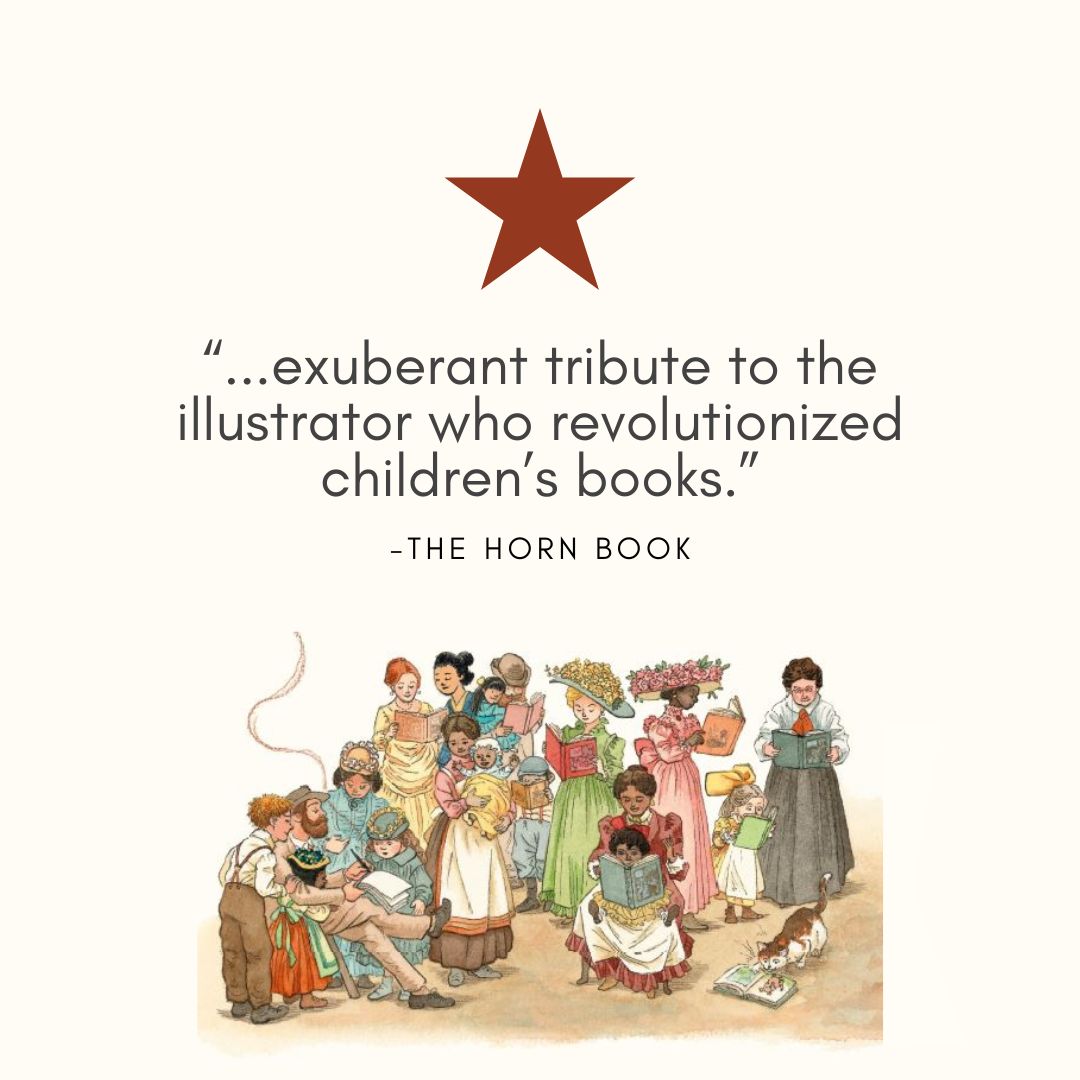
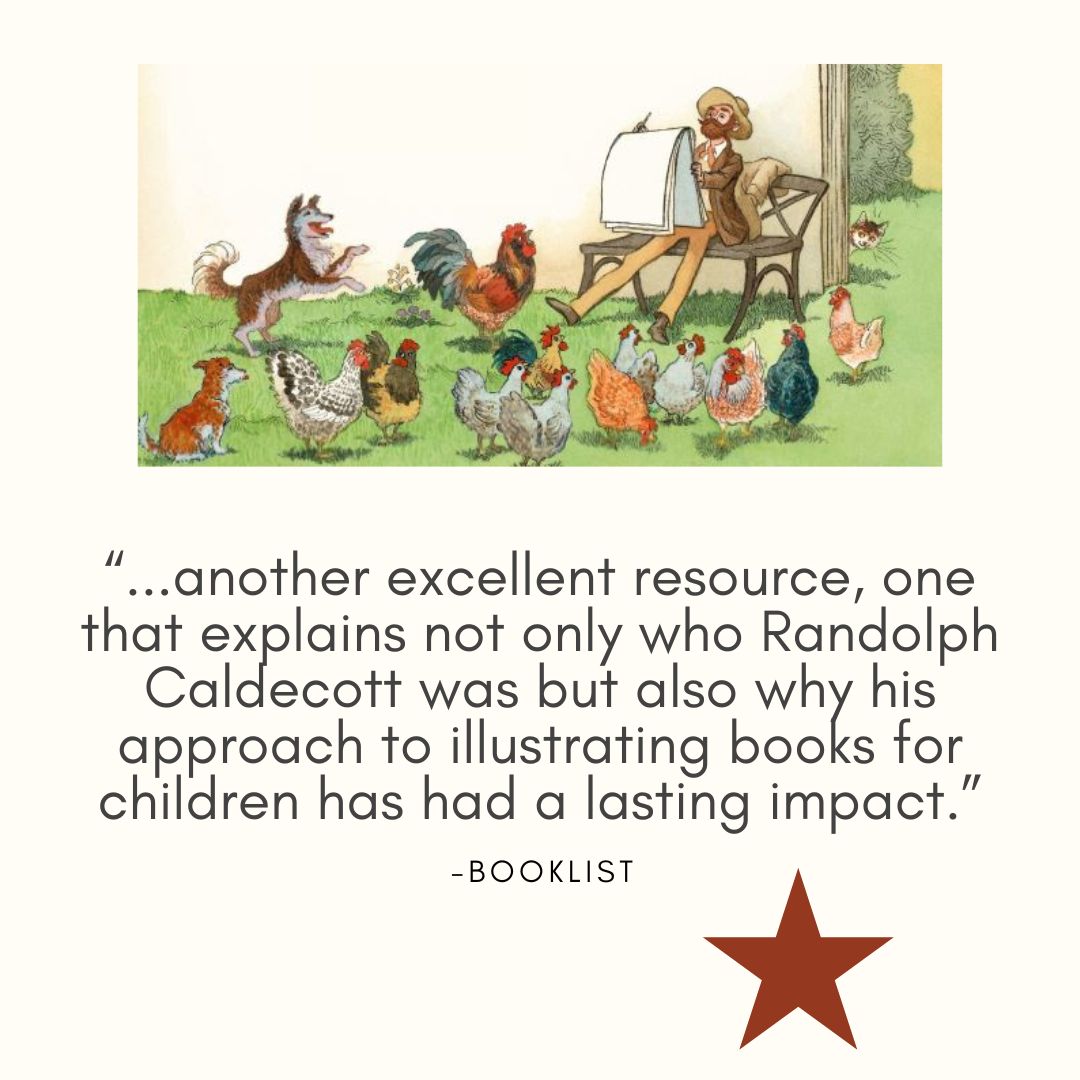
 RSS Feed
RSS Feed